For the first time ever tagging of bluefin tuna has taken place in Danish and Swedish waters. The tags will collect important knowledge of the tuna that are present in Scandinavia after more than 50 years of absence.
DTU Aqua, SLU Aqua and WWF completed a successful tagging operation, supported by the International Commission for the Conservation of Atlantic Tunas (ICCAT) and their Grand Bluefin Tuna Year Programme. In Swedish waters, the fishing was coordinated by EAA member Swedish Anglers Association. The project now looks forward to collecting the results from all 18 tags that have been placed on the backs of the big predatory fish. The tunas that were caught and released during the tagging project are bluefin tunas weighing from 130 kilos to 350 kilos. Four tunas were tagged in Denmark and 14 in Sweden.
- This has been a difficult logistic set up with 5-20 boats fishing for 9 days to tag 14 giant Bluefin tunas off the Swedish coast. The pay-off was great! We have been lucky to have such competent teams and so many days with very little wind in September to be able to perform the tagging safely for the fish and the crews, says Markus Lundgren from the Swedish Anglers Association.
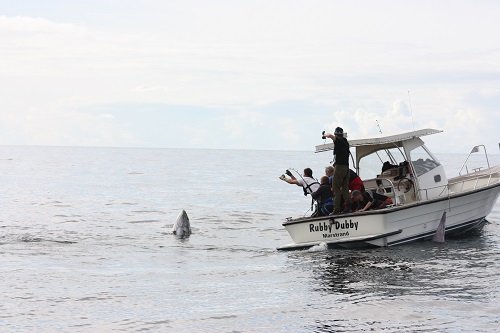
It is the first time ever that bluefin tuna have been tagged with advanced data-storage tags in Scandinavia. The tags on the tuna are now recording swimming depth, sea temperature and light. After 12 months, the data will be sent back via satellite. This will show where the tuna has gone, including potentially where they spawn and feed. This new knowledge will help improve the sustainability of both the bluefin tuna and relevant fisheries. The tuna disappeared from Danish and Swedish waters in the 1960s, probably due to a high fishing pressure on both the tunas and their prey. During 2016 and 2017, large numbers of bluefin tunas has once again been seen in Swedish and Danish waters.
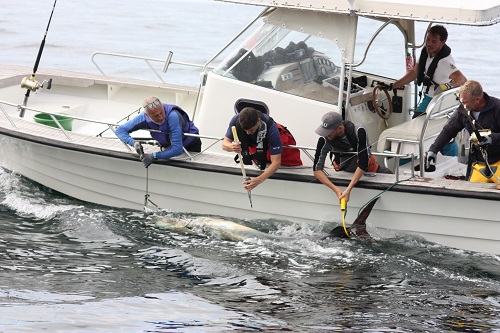
- It has been a fantastic project. We have been able to tag 18 bluefin tunas, and we have had great support from the angling communities in Denmark and Sweden. Now we must wait for the data to come back to us. When it does, we will learn much more about why the tuna have returned and what actions we could take to encourage them to keep coming back, states Professor Brian MacKenzie from DTU Aqua.
The scientists have also taken DNA samples from the tunas to identify which of the two stocks they belong to: the one spawning in the Mediterranean Sea or the one in the Gulf of Mexico. This information is important because the two groups of fish have currently different management regimes.
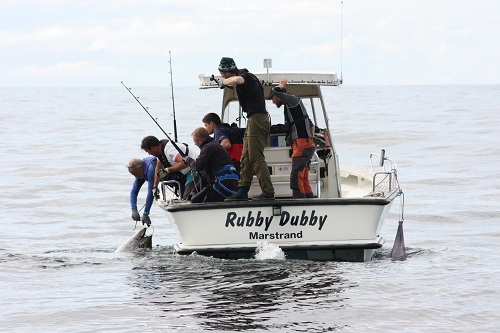
- The 18 tagged fish will contribute to the data on migration and genetics which will be fundamental for the management of bluefin tuna in the future. It will help us improve the sustainability of both the bluefin tuna and their fisheries. The stocks have grown and hopefully our chances are good to see them in Scandinavian waters in the years to come, states Dr. Andreas Sundelöf from SLU Aqua.
The tunas have been caught by anglers having experience with big-game fishing methods to support as harmless catch as possible and have been tagged by experts from WWF and Azti-Tecnalia trained in tagging bluefin tuna. As neither Denmark nor Sweden has quotas for targeted bluefin tuna fishing, this project has been allocated a special permission from ICCAT for research purposes only to catch and release bluefin tunas for tagging. The tagging took place over two weeks in September.
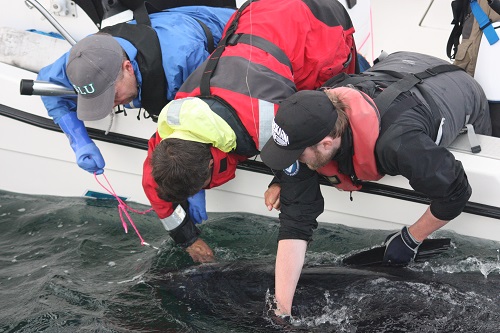
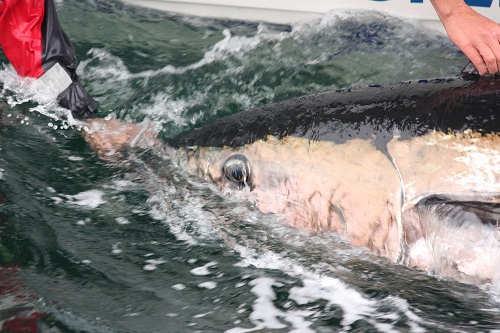
Photos courtesy of Markus Lundgren, Sportfiskarna